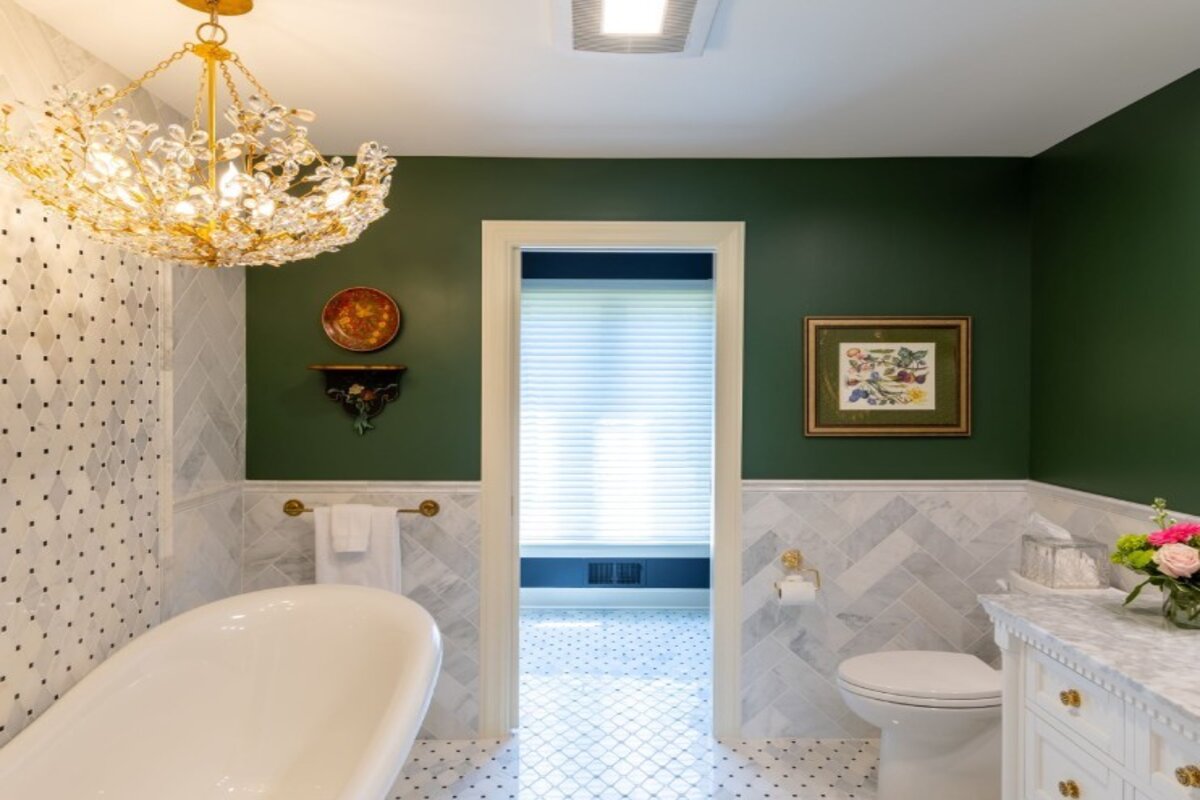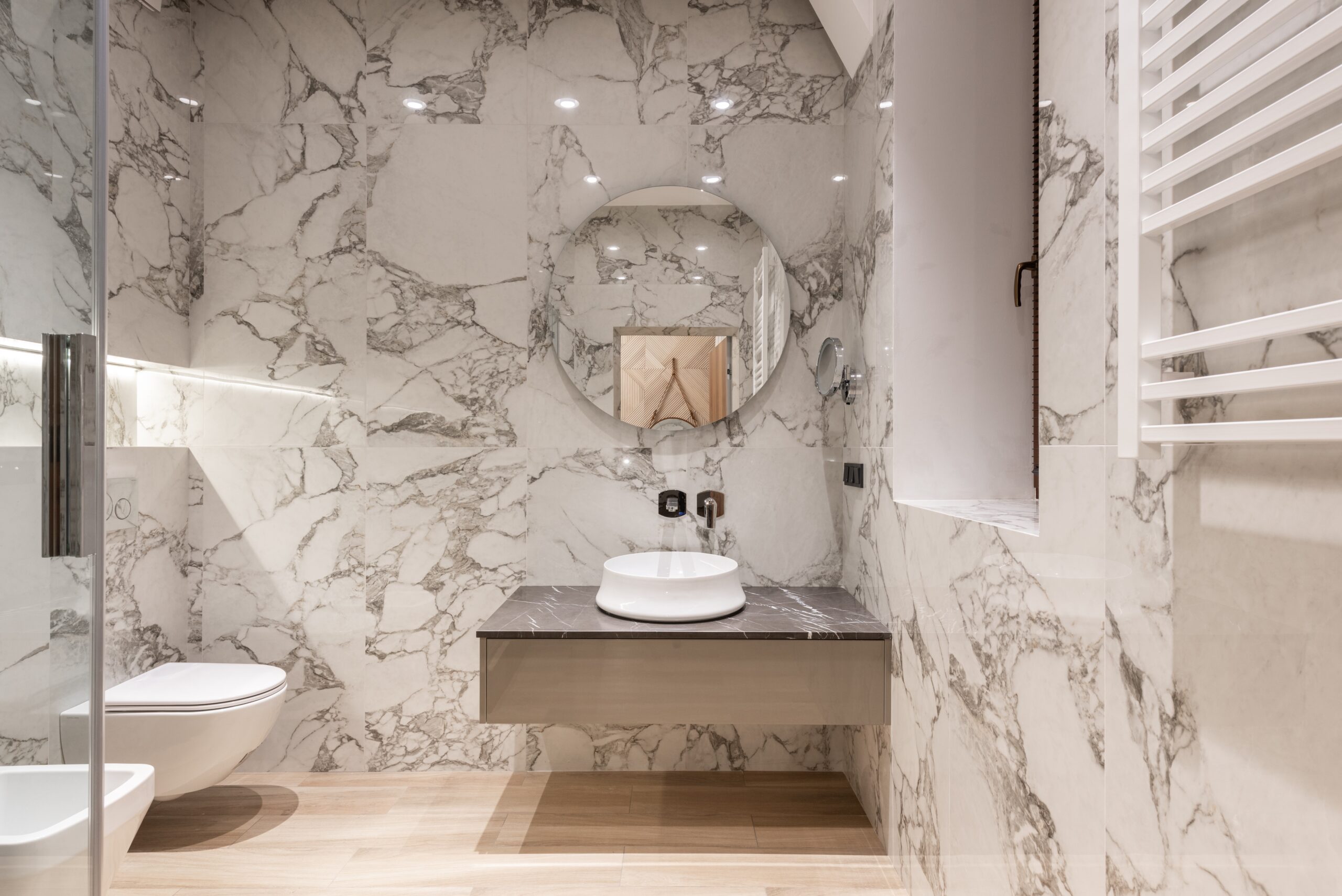Top 10 Tile Colors for Bathrooms That Add Style, Space & Serenity in 2025
Why Choosing the Right Tile Color Matters
When it comes to bathroom design, one of the most impactful decisions you’ll make is choosing the right tile color. Bathroom tiles are not just functional—they set the tone for the entire space, influencing how large or cozy your bathroom feels, how clean and organized it appears, and even how much natural light it reflects.
In 2025, bathroom design trends continue to evolve toward minimalism, wellness-inspired aesthetics, and smart use of color psychology. Whether you’re renovating an old bathroom or designing a new one from scratch, selecting the perfect tile color can transform your space into a personal sanctuary.

This article explores the best tile colors for bathrooms , backed by current design trends, psychological insights, and practical considerations like lighting, size, and maintenance. We’ll cover everything from classic neutrals to bold statements, ensuring you find the perfect hue for your dream bathroom.
The Psychology Behind Bathroom Tile Colors
Before diving into specific color recommendations, it’s important to understand how different colors affect our mood and perception of space.
Neutral Tones Create Calmness and Cleanliness
Colors like white, beige, and gray are perennial favorites in bathroom design. They evoke cleanliness, serenity, and simplicity—key elements for a relaxing bathroom environment.
White tiles, for instance, reflect light beautifully, making small spaces feel larger and brighter. Gray tones add depth without overwhelming the eye, making them ideal for modern or industrial-style bathrooms.
Dark Colors Bring Sophistication and Depth
While dark colors like navy blue or charcoal may seem risky in small spaces, they actually create a spa-like ambiance when paired with the right lighting. Matte black tiles can add drama, while deep blues introduce a sense of calm and luxury.
The key is balance—using accent lighting, mirrors, and lighter-colored fixtures to prevent the room from feeling closed in.
Earthy and Natural Tones Connect You to Nature
Warm browns, soft greens, and muted terracotta shades bring a touch of nature indoors. These colors work particularly well in eco-friendly or rustic bathrooms, promoting relaxation and grounding energy.
They also pair beautifully with wooden vanities, stone countertops, and greenery, enhancing biophilic design principles that boost mental well-being.
Top 10 Best Tile Colors for Bathrooms in 2025
Here’s our curated list of the top tile colors for bathrooms this year, based on interior design trends, SEO performance, and customer preferences.

1. Classic White – Timeless Elegance
White remains the most popular choice for bathroom tiles due to its versatility and timeless appeal. It complements any decor style—from traditional to ultra-modern—and makes even the smallest bathrooms feel open and airy.
Best for: Small bathrooms, minimalist design, maximizing light.
2. Soft Gray – Modern Neutrality
Gray has become a go-to neutral for contemporary bathrooms. From light dove gray to deep stormy hues, this color offers flexibility and sophistication.
Best for: Urban apartments, modern bathrooms, creating contrast.
3. Warm Beige – Organic Comfort
Beige brings warmth and texture to the bathroom without being overpowering. It works especially well in homes with natural wood finishes or warm-toned décor.
Best for: Cozy bathrooms, farmhouse or Mediterranean styles.
4. Navy Blue – Bold and Luxurious
Navy blue adds a dramatic flair to bathrooms. When used as an accent wall or full tiling, it creates a high-end, spa-like atmosphere.
Best for: Master bathrooms, statement walls, coastal or nautical themes.
5. Sage Green – Fresh and Soothing
Sage green is rising in popularity for its calming effect. This soft, muted green mimics nature and promotes relaxation—perfect for a self-care-focused bathroom.
Best for: Wellness-oriented bathrooms, Scandinavian or boho styles.
6. Charcoal Black – Dramatic Contrast
Charcoal or matte black tiles offer a sleek, luxurious look. While not recommended for very small bathrooms, they can be stunning in larger spaces with ample lighting.
Best for: Contemporary bathrooms, contrasting with metallic fixtures.
7. Terracotta – Rustic and Inviting
Terracotta tiles bring warmth and character. Ideal for rustic or Mediterranean-themed bathrooms, they pair well with brass fixtures and natural textures.
Best for: Farmhouse bathrooms, vintage designs, adding texture.
8. Light Blue – Coastal Vibes
Light blue tiles instantly transport you to the seaside. They’re fresh, cheerful, and easy to match with white or natural wood accents.
Best for: Coastal or tropical-themed bathrooms, family bathrooms.
9. Cream – Soft Luxury
Cream is a softer alternative to pure white. It adds warmth and richness without sacrificing brightness or elegance.
Best for: Traditional bathrooms, transitional styles, vintage charm.
Muted pink or blush tones are gaining traction in 2025 for their gentle, feminine energy. Perfect for powder rooms or glam bathrooms.
Best for: Powder rooms, boutique-style bathrooms, gender-neutral nurseries.
How to Choose the Right Tile Color for Your Bathroom
Selecting the best tile color isn’t just about aesthetics—it’s also about functionality, practicality, and long-term satisfaction.
Consider the Size of Your Bathroom
Smaller bathrooms benefit from lighter, reflective colors like white, cream, or soft gray. Larger bathrooms can handle darker or bolder tones without feeling cramped.
Think About Natural and Artificial Lighting
A bathroom with limited natural light will look better with lighter tiles that amplify brightness. If you have good lighting, experiment with deeper shades for a moody, luxurious vibe.
Match the Overall Design Theme
Your tile color should complement your bathroom’s overall aesthetic—whether it’s modern, rustic, minimalist, or eclectic.
- Modern bathrooms : Go for monochrome schemes (white/gray/black).
- Rustic bathrooms : Try terracotta, beige, or earthy greens.
- Coastal bathrooms : Opt for light blue or white with nautical accents.
Factor in Maintenance and Durability
Darker tiles hide water spots and soap scum better than lighter ones. However, if you prefer a clean, bright look, regular cleaning and sealing can keep white or cream tiles looking pristine.
Tips for Combining Tile Colors in Your Bathroom
Don’t be afraid to mix and match! Using multiple tile colors can add depth and interest to your bathroom.
Use Accent Walls Strategically
An accent wall in a bold color like navy or sage green can draw attention without overwhelming the space. Pair it with neutral tiles for balance.
Incorporate Patterns and Textures
Patterned tiles or textured surfaces can break up monotony. Geometric patterns in black and white, or Moroccan-inspired mosaics in terracotta and cream, add visual intrigue.
Play with Contrasting Grouts
Choosing a grout color that contrasts with your tiles can highlight the pattern and enhance the overall design. For example, black grout with white subway tiles gives a striking, defined look.
Real-Life Examples and Case Studies
Let’s explore a few real-life examples of how homeowners and designers have successfully used these tile colors.
Minimalist Master Bath with Gray Tiles
A couple in San Francisco opted for matte gray hexagon tiles in their master bath. Paired with chrome fixtures and under-cabinet lighting, the result was a sleek, spa-like retreat that felt both modern and calming.
Family Bathroom with Light Blue Subway Tiles
A family in Florida chose light blue subway tiles for their main bathroom. The color brought a breezy, oceanic feel to the home and made the room feel more inviting for guests.
Rustic Powder Room with Terracotta Floors
A designer in Austin used terracotta floor tiles in a small powder room, combining them with white walls and brass hardware. The result was a charming, welcoming space that stood out without being overwhelming.
Common Mistakes to Avoid When Choosing Bathroom Tile Colors
Even the best tile colors can fall flat if not chosen wisely. Here are some common mistakes to avoid:

Overlooking Lighting Conditions
Natural light changes throughout the day. Always view tile samples in your actual bathroom at different times before committing.
Ignoring Long-Term Trends
Trends come and go. While it’s fun to follow them, consider investing in classic colors for larger areas and using accessories or paint for trendier touches.
Not Testing in Real Space
Tile swatches can look very different in person versus online or in a showroom. Always get physical samples and place them in your bathroom for a few days.
Conclusion: Finding Your Perfect Bathroom Tile Color
Choosing the best tile color for your bathroom is more than just picking a shade you like—it’s about creating a space that supports your lifestyle, enhances your well-being, and stands the test of time.
From the crisp clarity of white to the soothing vibes of sage green, each color we’ve explored brings something unique to the table. Whether you’re aiming for a spa-like retreat, a minimalist haven, or a bold statement piece, there’s a tile color out there that’s perfect for you.
Remember to consider factors like lighting, space, and maintenance, and don’t shy away from mixing and matching to create a personalized look.
Ultimately, the best bathroom tile color is the one that makes you feel relaxed, refreshed, and inspired every time you step inside.
قیمت های موجود در سایت تاریخ بروزرسانی آن ها ذکر شده و قیمت نهایی محصولات نمی باشند. لطفا جهت ثبت سفارش و استعلام قیمت بروز با کارشناسان ما در ارتباط باشید.
(035-3357)